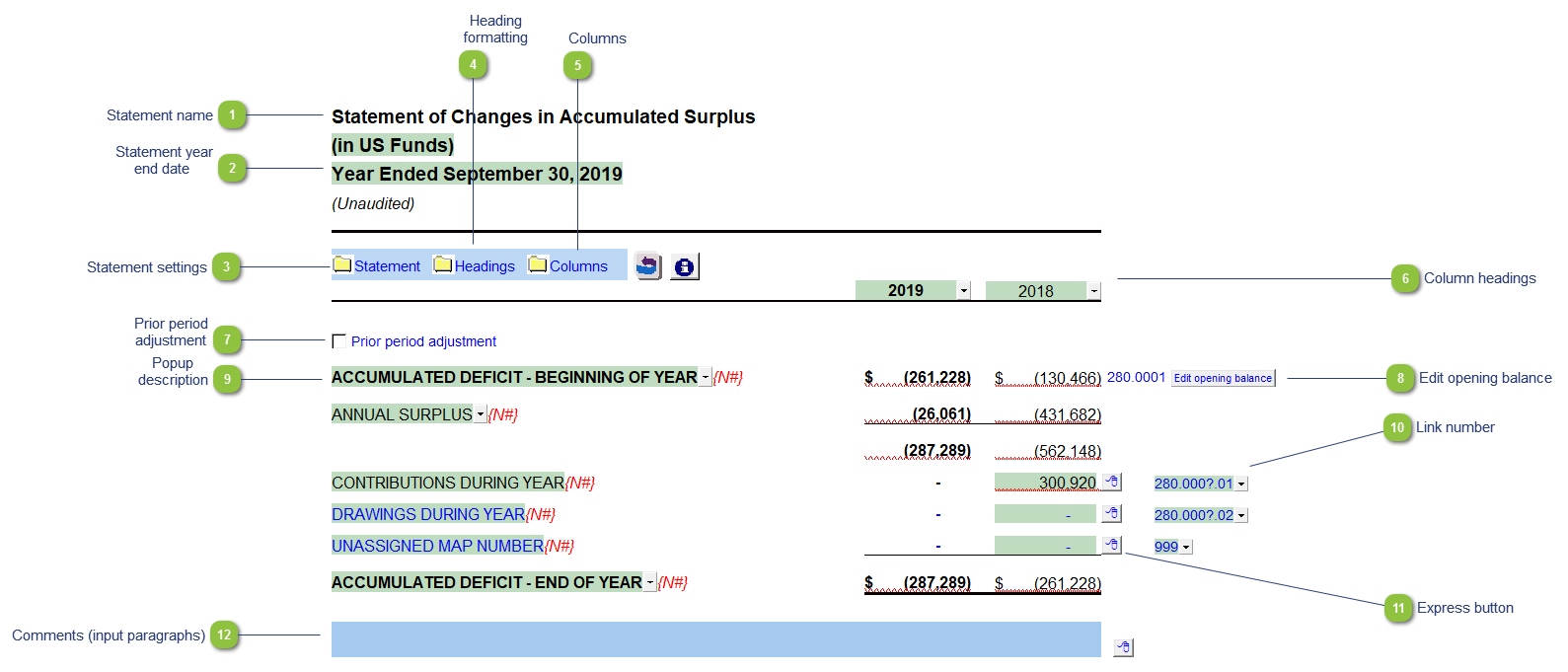Home>Finance>Accumulation Option: Definition, Types, And Comparisons


Finance
Accumulation Option: Definition, Types, And Comparisons
Published: September 29, 2023
Discover the definition, types, and comparisons of the accumulation option in finance. Learn how this option can impact your financial growth and make informed decisions for your future.
(Many of the links in this article redirect to a specific reviewed product. Your purchase of these products through affiliate links helps to generate commission for LiveWell, at no extra cost. Learn more)
Accumulation Option: Definition, Types, and Comparisons
Welcome to the FINANCE category on our website, where we provide valuable insights and information about various financial topics. In this blog post, we will dive into the concept of accumulation options in the world of finance. If you’ve ever wondered what an accumulation option is, the different types available, and how they compare to one another, you’ve come to the right place. Let’s get started!
Key Takeaways:
- An accumulation option is a financial instrument that allows individuals to build and grow their wealth over time.
- There are three main types of accumulation options: stock market investments, real estate investments, and retirement accounts.
What is an Accumulation Option?
Before we delve into the types and comparisons, let’s define what an accumulation option is. In simple terms, an accumulation option is a financial instrument that allows individuals to accumulate wealth and grow their investments over a certain period. It’s like a stepping stone towards achieving your long-term financial goals.
Accumulation options provide individuals with the opportunity to make informed decisions regarding their investments, depending on their risk tolerance, financial goals, and time horizon. By choosing the right accumulation option, individuals can achieve higher returns and potentially multiply their wealth over time. Now, let’s explore the different types of accumulation options available:
1. Stock Market Investments
One popular type of accumulation option is investing in the stock market. By purchasing shares of publicly traded companies, individuals become partial owners and have the potential to earn returns through dividends and capital appreciation. However, it’s important to note that stock market investments come with risks, including market fluctuations and the possibility of losing money if the market declines.
2. Real Estate Investments
Another common accumulation option is investing in real estate. This can involve purchasing properties, such as residential homes, commercial buildings, or land, with the intention of generating rental income or selling them at a higher price in the future. Real estate investments can offer a more stable and predictable income stream compared to stock market investments, but they also come with their own set of risks, such as property market volatility and the need for maintenance and property management.
3. Retirement Accounts
Retirement accounts, such as 401(k)s or Individual Retirement Accounts (IRAs), are accumulation options specifically designed to help individuals save for their retirement. These accounts offer tax advantages, such as tax-deferred growth or tax-free withdrawals, depending on the type of account. By contributing regularly to retirement accounts, individuals can accumulate a significant nest egg over time, ensuring financial security during their retirement years.
Comparing Accumulation Options
Now that we have explored the different types of accumulation options, let’s compare them based on several key factors:
1. Potential Returns
- Stock Market Investments: have the potential for high returns, but also come with higher volatility and risk compared to other options.
- Real Estate Investments: offer moderate returns and can provide a steady income stream, but value appreciation may vary depending on market conditions.
- Retirement Accounts: provide a more stable and predictable growth rate over the long term, with the added benefit of tax advantages.
2. Risk
- Stock Market Investments: carry the highest level of risk due to market volatility and the potential for significant losses.
- Real Estate Investments: involve moderate risk, with factors such as market fluctuations and property management impacting returns.
- Retirement Accounts: generally have lower risk levels, especially if invested in diversified portfolios.
3. Accessibility
- Stock Market Investments: easily accessible through brokerage accounts or online trading platforms.
- Real Estate Investments: usually require a larger upfront investment and involve more complex processes, such as property selection and management.
- Retirement Accounts: accessible through employers or financial institutions, with contribution limits and specific withdrawal rules.
In conclusion, accumulation options play a crucial role in building and growing wealth over time. By understanding the different types and comparing them based on factors like returns, risk, and accessibility, individuals can make informed decisions that align with their financial goals and risk tolerance. Remember, it’s always advisable to consult with a financial advisor or professional before making any investment decisions. To explore other finance topics and expand your knowledge, feel free to browse through the rest of our website’s FINANCE category.













